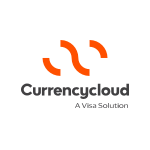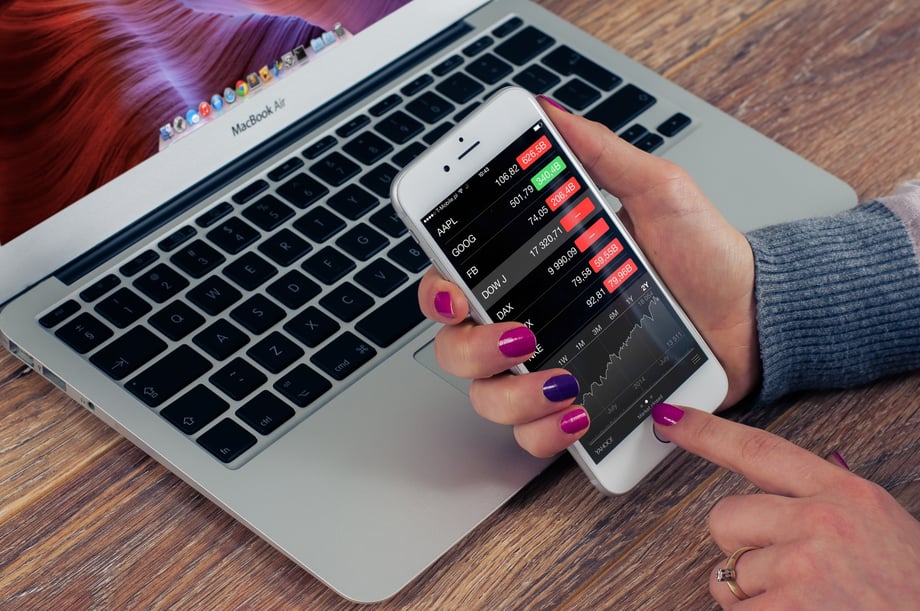Regardless of your industry or involvement in the commerce cycle, international payments are likely affecting your business’s bottom line. Whether you import goods, buy or sell services abroad, are an affiliate company who needs to conduct cross-border payouts or are a global business who undertakes mass financial transactions — international payments are a crucial part of your baseline operations. Lack of insight into your company’s position in the larger foreign exchange market (also known as FX, or Forex) should give you cause for pause — it’s a telltale indication that you aren’t seeing the savings you could be.
FX in a nutshell
The foreign exchange market is the largest financial market in the world in terms of sheer volume traded— eclipsing the daily sales of every other world market combined. Though it hosts an estimated four trillion dollars in trade daily, it’s arguably the least widely understood — and the least regulated market, due to nuances in leadership between participating countries.
The most active participants in the FX market are large international banks, followed by a collection of financial institutions, hedge funds, investment firms and commercial companies. Unlike Wall Street, FX doesn’t have a physical address or central zip code — it’s a purely immaterial entity which allows financial institutions to buy, sell, exchange and speculate on currencies — often at great personal gain. Though a prerequisite of the FX market is its ability to facilitate international trade by way of currency conversions, 97% of the total currency traded on the FX market is done so purely for speculative gain.
Contrary to what we’re inclined to believe, a dollar is no different than any other tradeable good — it doesn’t have static value or exceptional immunity to market fluctuations. Like other stocks and commodities traded in international marketplaces, the relative value of a given currency is subject to change alongside shifts in supply and demand.
In the FX market, changes in currency value can be the result of a country’s changing interest rates, unemployment, inflation, monetary policy and regulation, outside market trends, geopolitical events, changes in international sentiment — just about anything you can think of. As a result, exchange rates are constantly in flux, driven up and down by a laundry list of external variables. Despite the volatility of currency value, most large financial institutions offer customers a relatively static exchange rate for international payments and exchanges — one that’s inflated enough to absorb the burden of fluctuations in the FX market. In this antiquated model, the participating business (rather than the hosting institution) absorbs the entirety of the risk and dwindles their profit margin on every cross-border transaction. Since big financial institutions aren’t required to offer vendors transparency into the exchange process, they can operate in the FX market with complete autonomy (and self interest).
FX and your business
So what does this mean for businesses looking to conduct cross-border payments? While big banks may have monopolized the game up until recently, today’s technological advances have completely redefined the realm of possibility for even the smallest startup. If you have an adequate understanding of the payment process and have your sights fixed on international expansion, it’s easy to opt for a better international payment solution for your business — one that gives you real-time insight into FX exchange rates and complete control over your revenue streams (ultimately saving you and your customer money). When it comes to navigating the FX market, there’s a few key things to bear in mind:
When entering into a foreign exchange transaction, you should first determine if you are buying or selling the base currency. In an exchange of Great British Pounds to United States Dollars, for example, you can either be selling GBP and buying USD or buying GBP and selling USD. In each instance, a different currency would be considered base and secondary.
Knowing what currency is base and secondary in a given transaction will in turn help you unpack a host’s bid/offer. A bid refers to the price a bank or hosting institution is willing to pay for the base currency, while an offer denotes the price that the host will sell one unit of the base currency at. The difference between those two numbers is known as “the spread” — or the amount the transaction host will profit from conducting the exchange. The spread is what typically remains hidden from the transaction seeker; it’s what’s typically chalked up to associated transaction fees.
In today’s tech-savvy, consumer-centric market, payment platforms have emerged to reduce the spread — trading at a lower fee than that offered by banks and FX brokers. The result? Businesses who view international payments as a secondary condition of global expansion no longer have to sacrifice revenue and autonomy to find a lucrative international trade balance.
The key is understanding the basics — and figuring out which payment solution will offer your business the greatest level of ease, efficiency, transparency and profit. Regaining control in the cross-border payment process doesn’t require a background in finance or an abundance of time and resources — it simply means arming yourself with the right information and choosing the right “host” to handle your local and international payments.




